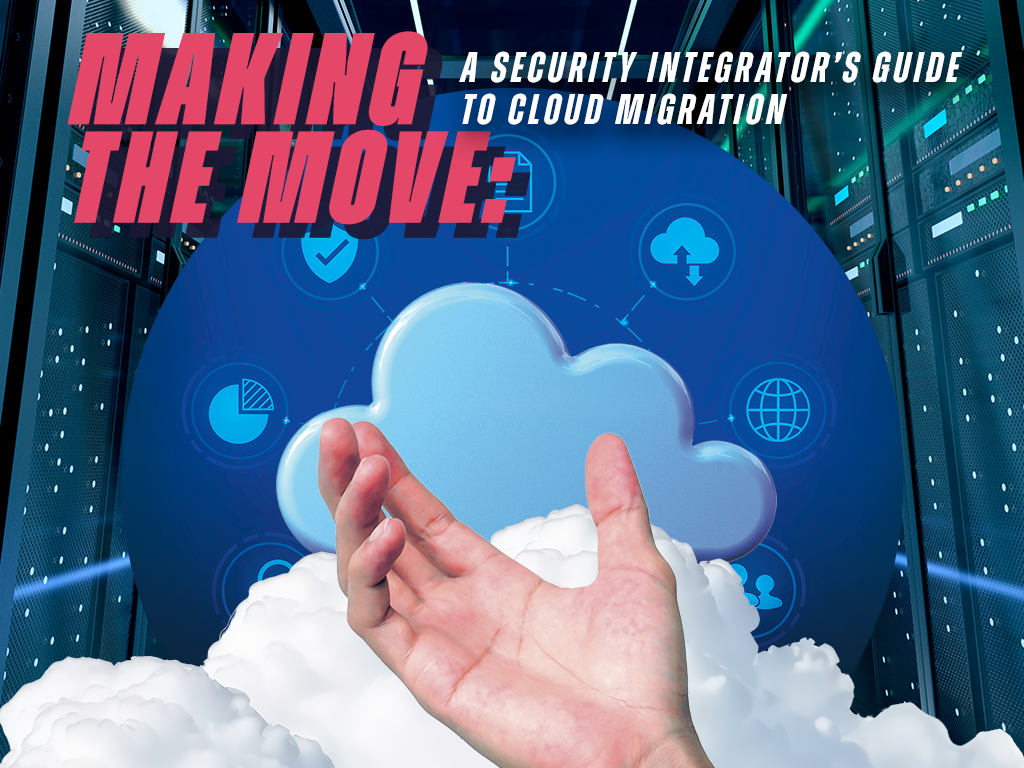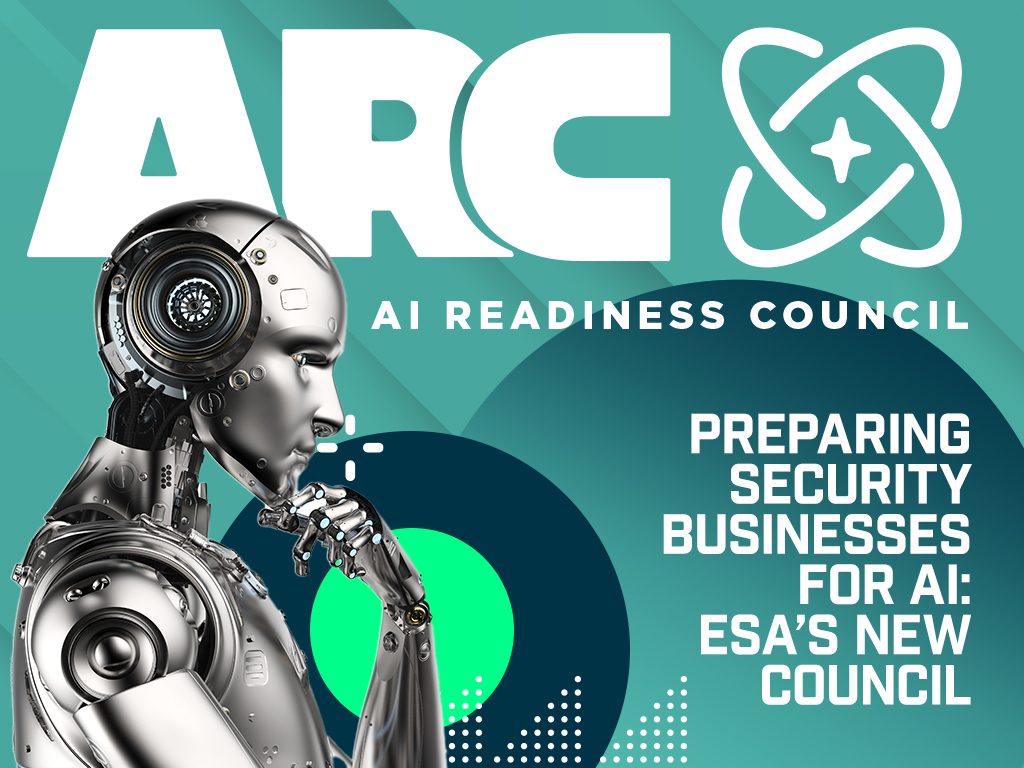Making the Move: A Security Integrator’s Guide to Cloud Migration

Increasingly more end users are opting to migrate their on-premises security to the cloud. This transition can trigger some changes for systems integrators accustomed to on-site implementations. It can, however, also represent new business opportunities and a path to attracting more customers.
By now, pretty much everyone in the security space understands that cloud migration means moving data and other digital assets, applications, and computing capacity from the end user’s onsite data center over to a data center operated by a cloud provider. But there are still a lot of other facets of a cloud migration that remain misunderstood.
Here Jeremy Daumen, Vice President of Branch Operations for Doyle Security, shares his insights to provide a clearer understanding of the challenges and the rewards that go along with transitioning to cloud-based security.
Q: What advice would you give to systems integrators who previously haven’t offered cloud-based security services but are looking to make the migration?
A: It’s not as difficult as you might think! The technical staff on-site are running the same wire they have always used; the mounting equipment is the same as they have always done, and the only major change is the programming, which is easier than ever with new cloud technology. The key to a seamless migration to a new platform is finding the right vendor partner that is willing to help “bridge the gap” between your legacy equipment/software customers and the new cloud-based access world.
Q: Do you agree that these are the benefits they should convey/sell to their customers: Cost-efficiency, Scalability, Accessibility, Automatic updates and maintenance, and Robust data backup and recovery?
Yes and no. I would agree that the accessibility, updates/maintenance and robust data backup and recovery are far ahead of any “on-prem” or legacy option offers, but cost efficiency isn’t exactly always the case because of the monthly cloud charges that are associated with the platform and scalability is similar with most access control systems in the space (you could always add more panels).
Q: What are some of the key skillsets systems integrators must acquire / become more versed in to be able to provide cloud-based security?
A: Your on-site technical labor does not need any additional training of any kind other than process adjustment with relaying serial numbers and panel ID’s back to programming. Where the skillset development must occur is back at HQ. I would highly recommend that a company interested in jumping into the cloud security space should invest in a remote programming team that can configure equipment, program users, master the vendor portal, and be the eyes and ears of the installers in the field. Properly configuring accounts in the cloud software and working with the customer on all the idiosyncrasies of their system can be a tough endeavor and an employee with the right skillset can take the customer experience from good to great!
Q: Do they need to stay on top of performing updates and maintenance?
A: Since updates can be pushed through automatically, the days of dispatching technicians to the site for a firmware update are over. Cloud video and access control platforms take the sting out of painful software revision and patch updates.
Q: How does migrating from on-prem to cloud-based security impact the monitoring services they offer – whether it be their own monitoring station or a third-party company?
A: The cloud option naturally lends itself to offering newer technology, faster and easier. There are no lengthy hardware overhauls, easier redundancy efficiencies, and better access and flexibility for operators.
Q: Can you detail a bit about how, if at all, cloud monitoring differs from on-prem monitoring for station operators?
A: Cloud-based monitoring makes the platform easier to access for your operations while offering a lot more automation and technology. Moving from on-prem to the cloud frees up considerable resources on the infrastructure side of the equation (no more heavy hardware costs) and streamlines how your employees interact with the customer data, and alarms.
Q: What do you believe are the main reasons (justified and/or misconceptions) that make some integrators skeptical about offering cloud-based security solutions?
A: For whatever reason “The Cloud” makes people nervous and inherently distrusting. As the term and option become more mainstream, the dissenters are starting to come around. That said, the top reasons for those who remain against the cloud are:
- Concerns regarding data security
- A fear of exposing the network to cyber-attacks
- A system that is not self-contained/local system on the network.
- Fear of the unknown with moving to a new technology that has been in the marketplace for less than ten years.
- Maybe the most important – the shift from all monthly recurring revenue from the customer going from 100% profitable to you, to sharing that RMR with cloud partners on a per-door basis.
Q: Which industry resources would you recommend integrators avail themselves of to get more knowledgeable on cloud solutions?
A: Lean on the vendors! They want to educate their dealers (you) and get you started down the path to migration. They have demo equipment, resources, training (both dealer and end-users), technical teams to dispatch to initial installation locations, and other creative approaches designed to assist this very movement from on-prem to the cloud.
Local distribution branches offer training courses and can set up informational meetings at your local branches to help familiarize yourself with the equipment and the process.
Choosing the right vendor is the most critical decision you can make when entering the cloud security space because of these three key questions:
- How can the vendor help us migrate existing customers over to a new platform? Are there incentives? Will they work with us given our current customer base makeup?
- How can my sales team and technical staff understand this new product to sell/install it? Does the vendor have resources for training? Can they help us with our first few applications from start to finish? Will they be a continual resource for us?
- Is the price right? Will we see an increase in both annual sales volumes, recurring monthly revenue (RMR), and customer satisfaction? That is the whole reason for jumping in the first place.
Cloud Based Security is the Future
As the security industry continues its shift toward cloud-based solutions, integrators who embrace this transformation stand to gain significant advantages. While concerns about data security, network exposure, and cost structures persist, the benefits of accessibility, automation, and streamlined operations are hard to ignore. By partnering with the right vendors, investing in remote programming expertise, and leveraging industry resources, integrators can confidently navigate this transition and position themselves for long-term success. Cloud-based security isn’t just the future—it’s the present, and those who adapt will be best equipped to meet the evolving needs of their customers.




